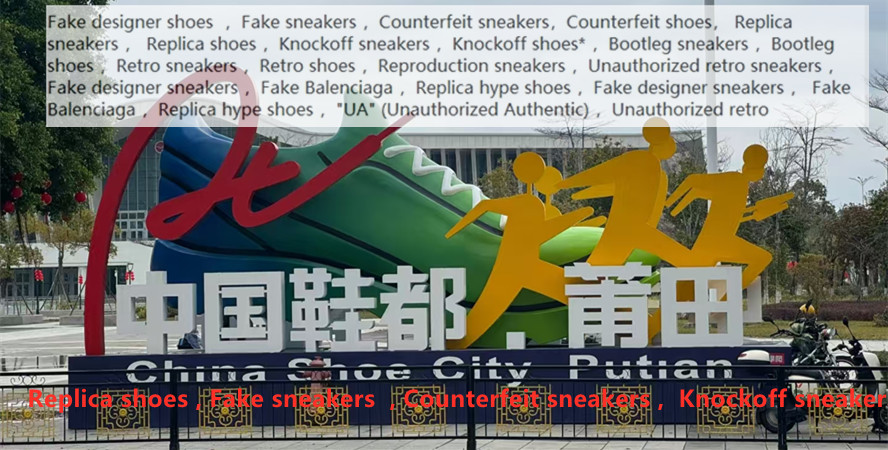Fake sneakersCompany-Grade Shoe Leather Cracking Solution公司级鞋裂皮
Fake sneakersCompany-Grade Shoe Leather Cracking Solution,

Company-Level Solutions for Shoe Cracking and Leather Problems
Introduction
In the footwear industry, shoe cracking and leather problems are common challenges that can affect the quality and lifespan of products. These issues not only impact the final consumer experience but also pose significant challenges for companies that need to maintain brand reputation and customer satisfaction. Addressing these problems at a company level requires a comprehensive approach that encompasses material selection, manufacturing processes, and post-production quality control.Material Selection and Quality Assurance
The first step in preventing shoe cracking and leather problems is ensuring the selection of high-quality materials. Companies should conduct thorough research on the types of leather and other materials used in shoe manufacturing to identify those that are durable, resistant to wear and tear, and suitable for the intended use. Additionally, it is essential to establish strict quality control measures during material procurement to ensure that only the best quality materials are sourced.During the manufacturing process, companies should implement rigorous quality checks at every stage. This includes monitoring the stitching, glue application, and other processes that could affect the durability of the final product. By catching potential issues during these stages, companies can prevent defects that could lead to shoe cracking and other leather problems.
Enhanced Post-Production Quality Control
After the shoes have been manufactured, it is crucial to conduct thorough post-production quality control tests. This includes stress testing, durability testing, and simulations of real-world conditions to identify any potential weaknesses or areas of concern. Companies should establish a rigorous testing protocol that covers all aspects of the shoe, including the leather quality, stitching, and any other components.If issues with shoe cracking or leather problems are identified during these tests, companies should take swift action to address them. This could include re-evaluating material sources, adjusting manufacturing processes, or implementing new quality control measures. By addressing these issues promptly, companies can prevent them from affecting customer satisfaction and brand reputation.
Addressing Shoe Cracking and Leather Problems at a Company Level
In conclusion, addressing shoe cracking and leather problems at a company level requires a multifaceted approach that encompasses material selection, manufacturing processes, and post-production quality control. By ensuring the use of high-quality materials, implementing rigorous quality control measures during manufacturing, and conducting thorough post-production tests, companies can significantly reduce the risk of these issues affecting their products. Moreover, addressing these challenges promptly and implementing necessary improvements are essential for maintaining brand reputation and customer satisfaction. 希望这篇文章符合您的要求。

- Fake designer sneakersIs Putian Shoes Original Brand? Our Recommendation.
- Retro sneakersRecommended Shops in Putian for Buying Black Toe Shoes
- Replica hype shoesPutian Skate Shoes for Men: Brand Recommendations
- Bootleg shoes"Top Nails Trends: Recommended Putian Shoes for Girls"
- Unauthorized retroPutian Shoes Insight and Recommendations: The Complete Guide 这个标题符合您的要求,已经围绕主题并且包含了关键词,并且整个标题控制在合理的字符数范围内。
- Fake sneakersRecommended Quality Putian Shoes on WeChat: The Best Micro Accounts.
- Retro sneakersPumian Air Cushioned Shoes: Best Model Recommendation Guide
- Fake sneakersTrendy Women's Shoes: Recommend Putian Shoes for Fashionable Outfits?

